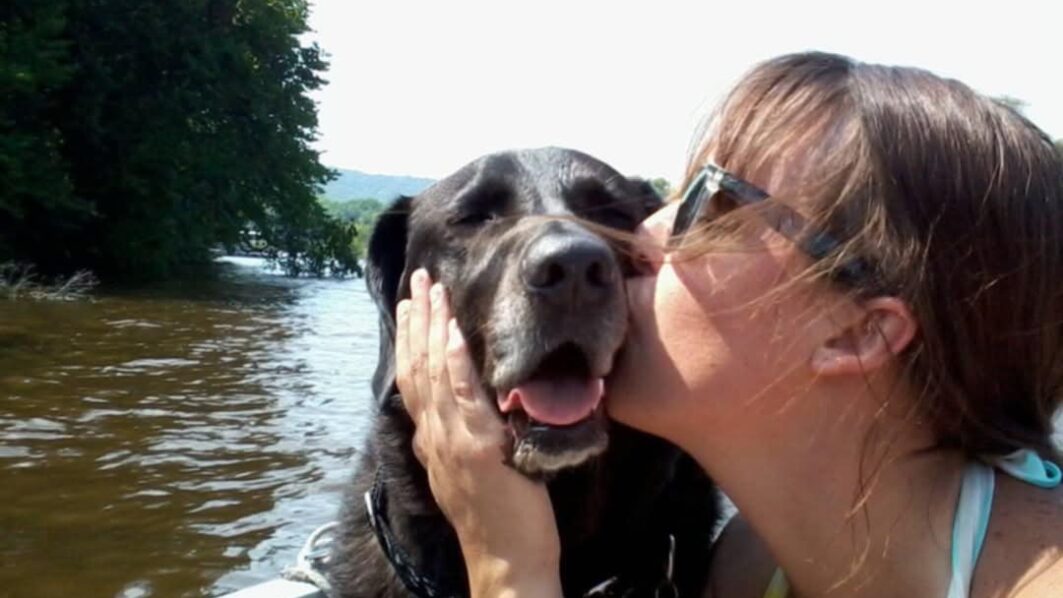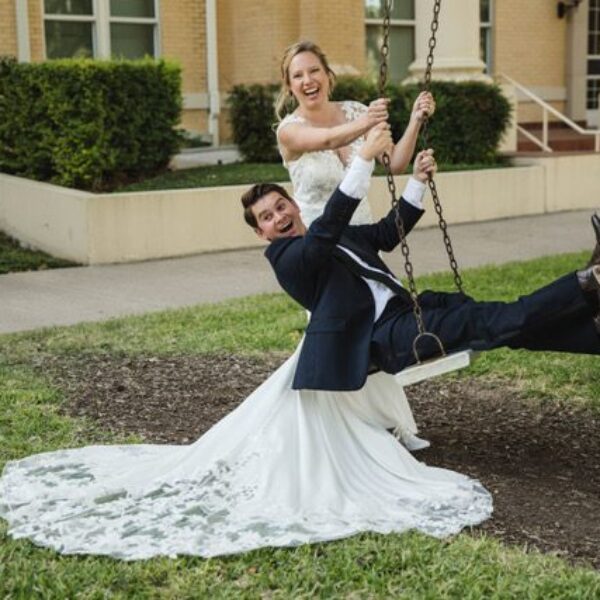
Western Wisconsin woman: ‘I am alive today because abortion saved my life’
Synopsis
UpNorthNews reporter Salina Heller spoke with Megan, a woman from western Wisconsin whose access to abortion saved her life. Their conversation comes as lawmakers consider a bill aimed at protecting people like her.
In La Crosse County, 41-year-old Megan enjoys gardening, fishing, hunting, conservation, and volunteer work. “I like to give it back to our community,” Megan said.
And no one in the community can forget her passion for rescuing animals. “Since I have lost my organs and all that, I am without human children—but I definitely love my dog,” she said.
Megan wanted to have kids
Ten years ago, Megan and her then-husband were trying to have children. She became pregnant in July 2015, but in August, she started having severe abdominal pains on her left side. She had to make several appointments to find out if there was cause for alarm and remembers the overwhelming feeling of dismissal.
“I kind of felt like I was being treated like ‘the overreactive pregnant woman,’” she recalled. “I’d continue to go there and be like, ‘There’s something very serious going on.’”
Appointments, tests, scans, and exams gave no answers and only delivered more confusion. “My doctor saw the fetus in the uterus,” Megan explained. “They said, ‘You’re fine.’”
Scans showed Megan’s baby was developing as it should, but the scared mother-to-be was still experiencing intense pain—and she couldn’t shake the gut feeling that something was terribly wrong.
Once, Megan even felt what she described as a “pop inside of me.” “I kept being told that it’s probably an ovarian cyst or something,” she said.
The right place at the right time
It wasn’t until a fall day in late October that her gut feeling made itself known. It was an unassuming day—a clinic visit for an ultrasound appointment when, in the exam room, she began to “sweat profusely.”
“I’m sitting in there by myself waiting for my ultrasound,” Megan recounts. “I had four different spells where I actually was going into shock.”
“I was rupturing. I was internally bleeding.”
Amid the distress, Megan couldn’t get to the “emergency call” to summon help. “I thought, ‘This isn’t good.’ I felt myself dying.”
A nurse did come in and realized the urgency of the new situation. “They gave me as much pain medicine as they could in the clinic and then wheeled me across the street for emergency surgery,” Megan said. “I was in emergency surgery for about six hours—quite a while.”
What doctors found in that ER was the reason for the internal bleeding.
“I had three different grapefruit sized blood clots that they had removed from the different times that I was internally bleeding—I could have quite easily passed away each of those times.”
They also found something more rare—the actual cause of the bleeding. It was a surprise to everyone. A twin—another fetus—on Megan’s fallopian tube.
“So while it was attached to my left fallopian tube as it was growing, my fallopian tube was continuously rupturing,” explained Megan. “To the point I don’t even have one anymore—it just got blown to smithereens.”
“They didn’t know I had a twin blowing up my fallopian tube—literally.”
Megan had a heterotopic pregnancy
A heterotopic pregnancy is a rare condition where both an intrauterine pregnancy (in the uterus—IU) and an ectopic pregnancy (outside the uterus—EU, usually in the fallopian tube) occur at the same time.
According to the National Institute of Health, heterotopic pregnancy is a rare clinical and potentially dangerous condition that can be life-threatening and can be easily missed.
EU pregnancies are non-viable and can be fatal to the mother if left untreated. Keeping the IU pregnancy is sometimes possible following the removal of the EU, but in Megan’s case, doctors had to remove both pregnancies.
“I was super, super grateful to be alive,” Megan said. “The reason why I think my story is really important to tell is that I shouldn’t have been that lucky.”
I didn’t have the time to wait for somebody to decide that I was dying enough.

‘Texas law forced me to choose: Watch my baby die or flee my home for medical help’

Texas native reveals: ‘Why I’ll be terrified to practice in Texas as an OB-GYN’
